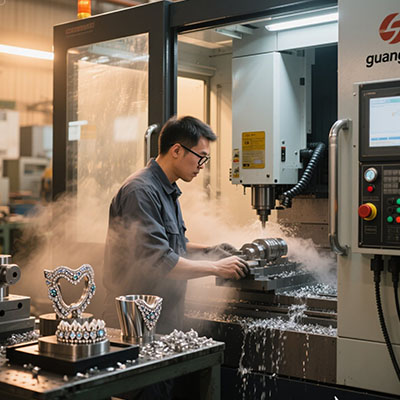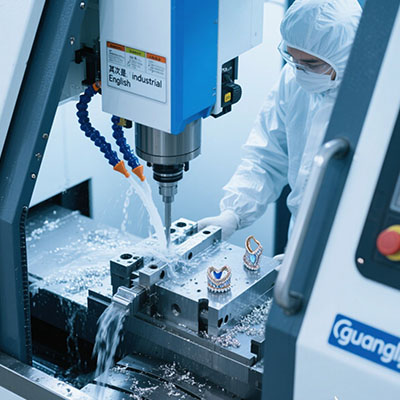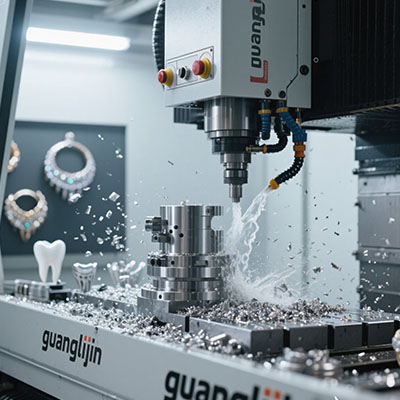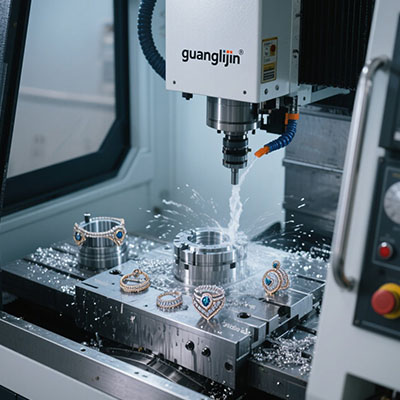How to Identify Worn CNC Lathe Machine Parts Before They Fail?
The Cost of Ignoring Wear Signs
Unplanned downtime from CNC lathe machine parts failure costs manufacturers $260/hour on average (MTBF Report 2025). Recognizing early wear symptoms can prevent 80% of these breakdowns.
Normal Wear vs Critical Failure Signs
| Symptom | Normal Wear | Critical Failure |
|---|---|---|
| Surface Finish | Slight roughness | Consistent chatter marks |
| Noise Level | Low hum | Metallic grinding |
| Dimensional Accuracy | ±0.002″ drift | ±0.010″+ variation |
Interestingly, our automotive parts project showed temperature spikes precede 70% of bearing failures by 48+ hours.
5-Step Wear Detection Process
- Monitor spindle vibration (use ISO 10816-3 standards)
- Check for tapered diameters (indicates way wear)
- Inspect chip color/shape (blue chips = excessive heat)
- Measure backlash (should be <0.0015″)
- Track power consumption (15%+ increase signals issues)
⚠ Common Oversight: Lubrication leaks often mask as other problems – always check oil levels first (Maintenance Journal 2024).
Extending Part Lifespan
Here’s the thing – proper break-in procedures can triple component life. Our proven methods:
- Gradual RPM increases during first 50 hours
- Special run-in lubricants
- Thermal cycling for bearings
Preventive Maintenance Checklist
- □ Daily: Check hydraulic pressure (20-25 bar)
- □ Weekly: Measure spindle runout (max 0.0003″)
- □ Monthly: Inspect way wipers
- □ Quarterly: Re-grease ball screws
CNC Lathe Parts FAQs
What are the first signs of ball screw wear?
Increased axis positioning errors >0.002″ and audible “clicking” during reversals.
How often should spindle bearings be replaced?
Every 8,000-10,000 hours or when vibration exceeds 1.5 mm/s RMS.
Can you repair worn lathe ways?
Yes, through scraping or epoxy ways – but replacement is better for heavy wear.







